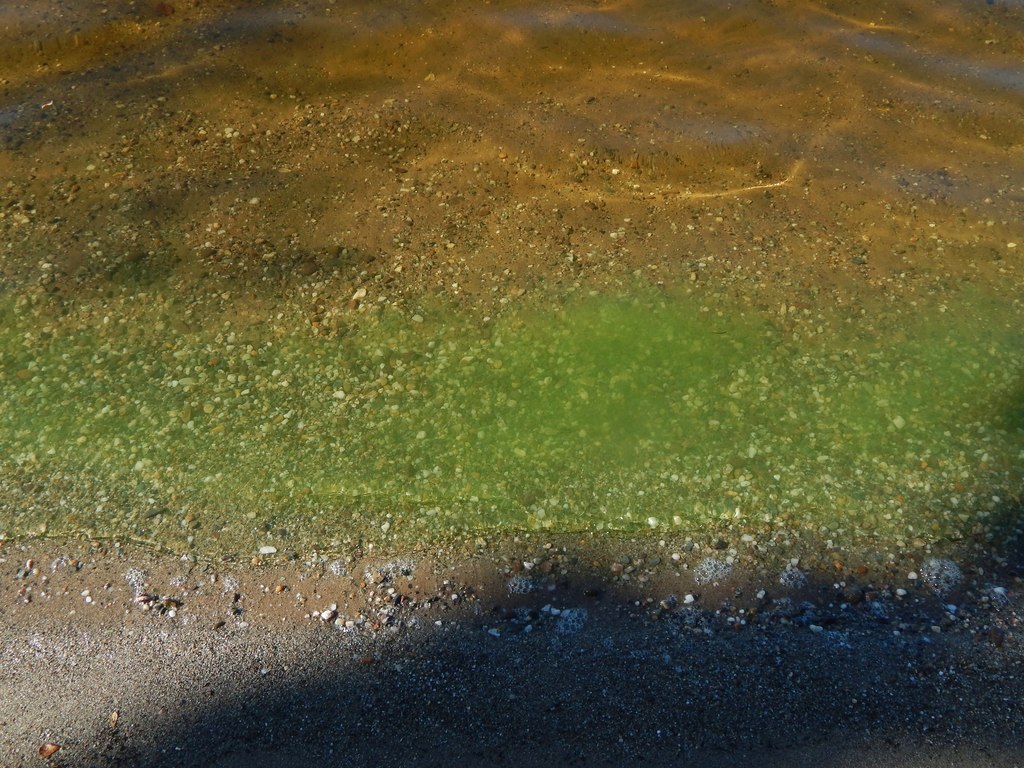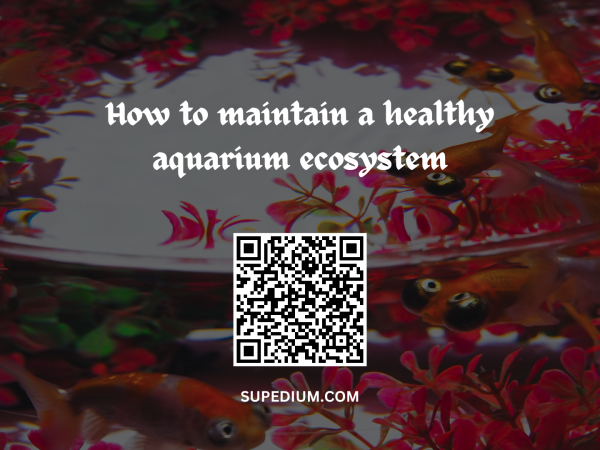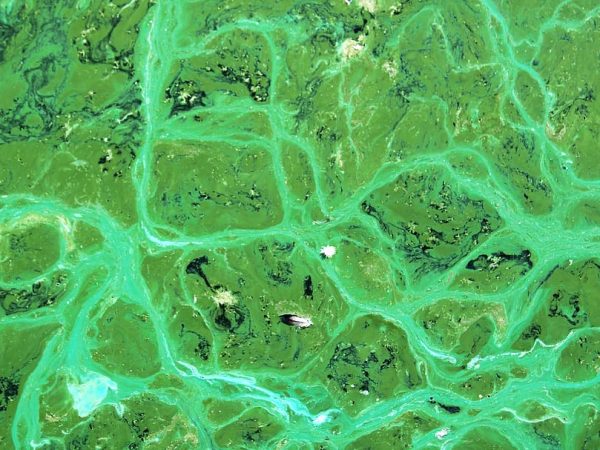Table of Contents
![]()
Introduction
Algal blooms are a growing concern worldwide, as they can have severe ecological, economic, and health repercussions. In this article, we’ll delve into the causes behind algal blooms, explore their consequences, and discuss various mitigation strategies to combat this environmental issue.
Causes of Algal Blooms
A. Nutrient Pollution
Algal blooms are often fueled by nutrient pollution, primarily nitrogen and phosphorus. These nutrients enter aquatic ecosystems through various pathways:
- Agricultural Runoff: Excessive use of fertilizers in agriculture can result in nutrient runoff into rivers and lakes.
- Industrial Discharges: Industries releasing untreated or poorly treated wastewater can introduce nutrients into water bodies.
- Urban Wastewater: Improperly managed urban sewage systems can contribute to nutrient pollution.
B. Climate Factors
Climate plays a significant role in algal bloom formation:
- Temperature: Warmer water temperatures can promote algal growth, creating favourable conditions for blooms.
- Precipitation Patterns: Changes in precipitation can alter nutrient loading in water bodies, affecting bloom dynamics.
C. Hydrological Conditions
Hydrological factors also contribute to algal blooms:
- Water Flow: Slow-moving or stagnant water bodies are more susceptible to blooms.
- Salinity: Changes in salinity levels can influence the types of algae that thrive.
Consequences of Algal Blooms
A. Environmental Consequences
Algal blooms can have detrimental effects on the environment:
- Oxygen Depletion: As algae die and decompose, they consume oxygen, leading to oxygen-deprived “dead zones.”
- Fish Kills: Toxin-producing algae can harm fish and other aquatic life.
- Habitat Disruption: Blooms can disrupt natural ecosystems, impacting native species.
B. Human Health Impacts
Algal blooms can pose risks to human health:
- Toxin Production: Some algae produce toxins that can contaminate water sources, affecting drinking water quality.
- Drinking Water Contamination: Algal toxins can necessitate costly treatment of drinking water supplies.
C. Economic Effects
The economic consequences of algal blooms are far-reaching:
- Tourism and Recreation: Blooms can deter tourists and water enthusiasts, harming local economies.
- Fisheries: Fish die-offs and decreased water quality can impact commercial and recreational fisheries.
Mitigation and Control
Addressing algal blooms requires a multi-faceted approach:
A. Nutrient Management
- Best Practices in Agriculture: Encouraging responsible fertilizer use and implementing agricultural runoff management strategies.
- Wastewater Treatment: Improving wastewater treatment processes to reduce nutrient discharges.
B. Monitoring and Early Warning Systems
Developing robust monitoring systems to detect and predict algal blooms early.
C. Algae Control Technologies
- Chemical Treatments: The use of chemicals to mitigate algal blooms, though with environmental considerations.
- Mechanical Removal: Techniques like skimming and filtration to physically remove algae.
D. Policy and Regulations
- Nutrient Reduction Targets: Enforcing regulations to limit nutrient inputs into water bodies.
- Water Quality Standards: Establishing and enforcing water quality standards to protect ecosystems.
E. Public Awareness and Education
Educating communities about the causes and consequences of algal blooms, and fostering responsible behaviors.
Case Studies and Examples
A. Notable Algal Bloom Incidents
Highlighting significant algal bloom events and their impacts.
B. Successful Mitigation Efforts
Examining instances where mitigation strategies have effectively controlled algal blooms.
Future Challenges and Research
A. Climate Change Implications
Exploring how climate change may exacerbate algal bloom occurrences.
B. Emerging Technologies for Algae Management
Investigating innovative technologies and strategies for managing algal blooms.
C. Policy and Public Engagement Strategies
Discussing the importance of continued policy development and public engagement in algal bloom management.
Conclusion
In conclusion, algal blooms are a complex environmental issue with wide-ranging consequences. By understanding their causes, consequences, and mitigation strategies, we can work towards preserving our water ecosystems and protecting human health and economies. Addressing algal blooms requires collaborative efforts from policymakers, scientists, and the public to ensure a sustainable and healthy aquatic environment.



